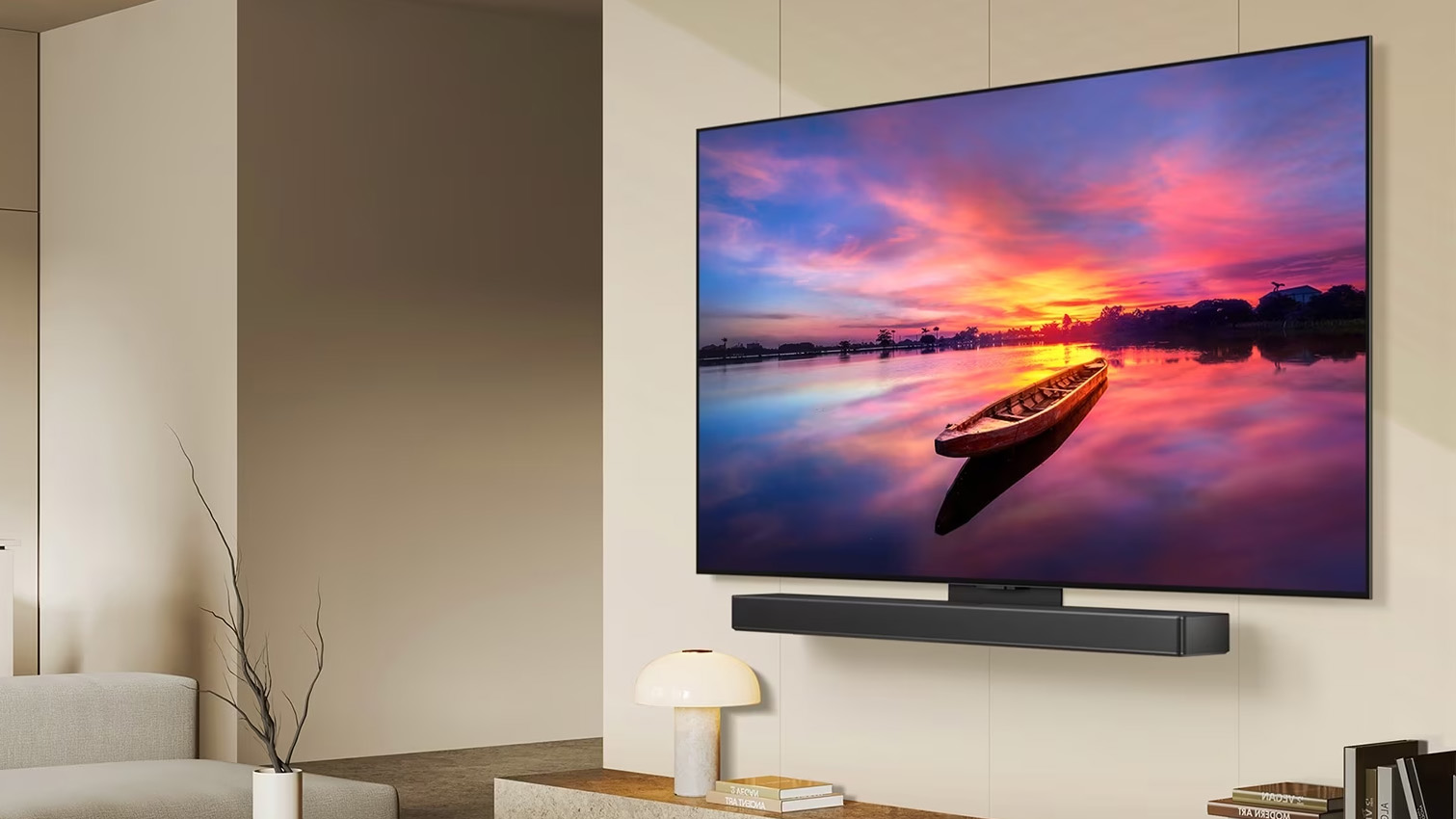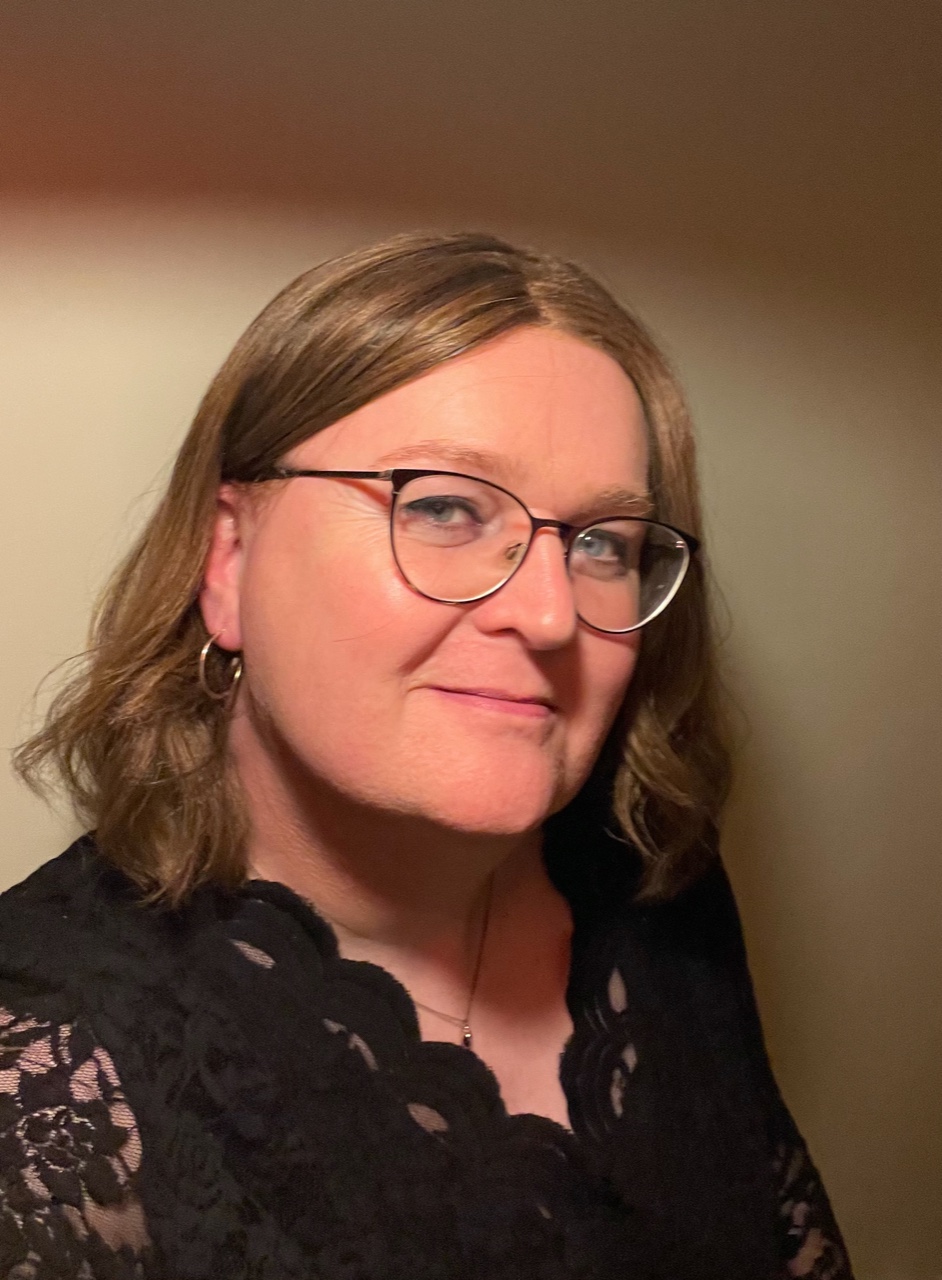LG testing new tech for longer lasting, brighter OLED TVs
eLEAP could deliver OLEDs that are brighter, last longer and are less prone to burn-in


Quick Summary
LG Display is reportedly testing eLEAP, an OLED manufacturing process that delivers brighter, more energy efficient, longer-lasting panels.
LG Display is testing a new kind of OLED panel technology that could transform the TVs of the future – although in the short term it's likely to appear in smaller sizes for applications such as in-car displays first.
As part of a near-billion dollar investment in next-generation OLED, LG is reportedly experimenting with eLEAP production.
Developed in Japan, eLEAP is a different way of making OLED panels. It's short for "environment positive lithography with maskless deposition, extreme long life, low power and high luminance, any shape patterning". And while the acronym is rather forced, the tech itself is very promising.
With eLEAP, OLEDs aren't made with the fine metal masks of current panel production. Instead, they're printed in a more precise lithography process that enables better brightness, better energy efficiency and better longevity too.
It could even help eradicate dreaded OLED screen burn issues.
Is eLEAP a big leap forward for TV tech?
The new tech was announced in 2022 by Japan Display, which began very small-scale production in 2024. And according to trade site The Elec, LG Display now intends to test eLEAP in the production of RGB panels at its existing plant in South Korea.
That's important because LG reportedly believes that it can utilise its existing production equipment with relatively minor modifications.
Get all the latest news, reviews, deals and buying guides on gorgeous tech, home and active products from the T3 experts
The Elec says that the displays made by LG, if it decides to adopt the production method, would initially be in the 20 to 30-inch range, and would target "niche" markets such as in-car infotainment and dashboards.
LG isn't the only firm experimenting with eLEAP; The Elec says that Samsung is evaluating the technology too, and according to FlatpanelsHD the Chinese firm Visionox is moving forward with a similar maskless production method.
Here's hoping the tests are positive, because eLEAP sounds very promising. According to Japan Display, it delivers twice the brightness and three times the lifespan of current OLED tech.
That extended lifespan is because it uses less energy, and subsequently generates less heat – and of course heat is a key factor in the dreaded burn-in that still plagues OLED TVs. It could be a win all round.
Writer, musician and broadcaster Carrie Marshall has been covering technology since 1998 and is particularly interested in how tech can help us live our best lives. Her CV is a who’s who of magazines, newspapers, websites and radio programmes ranging from T3, Techradar and MacFormat to the BBC, Sunday Post and People’s Friend. Carrie has written more than a dozen books, ghost-wrote two more and co-wrote seven more books and a Radio 2 documentary series; her memoir, Carrie Kills A Man, was shortlisted for the British Book Awards. When she’s not scribbling, Carrie is the singer in Glaswegian rock band Unquiet Mind (unquietmindmusic).
You must confirm your public display name before commenting
Please logout and then login again, you will then be prompted to enter your display name.
